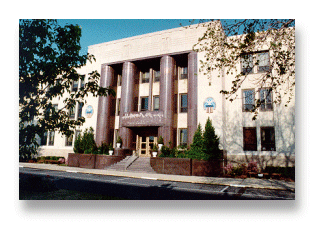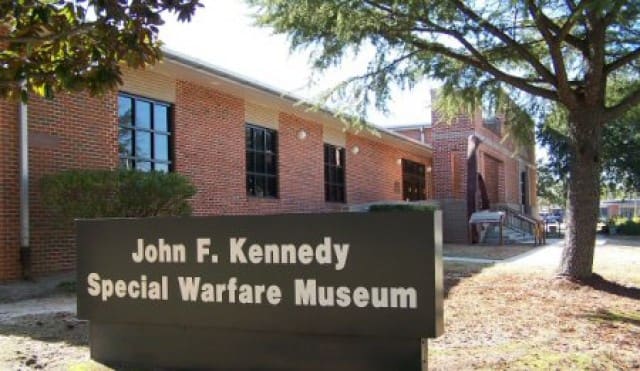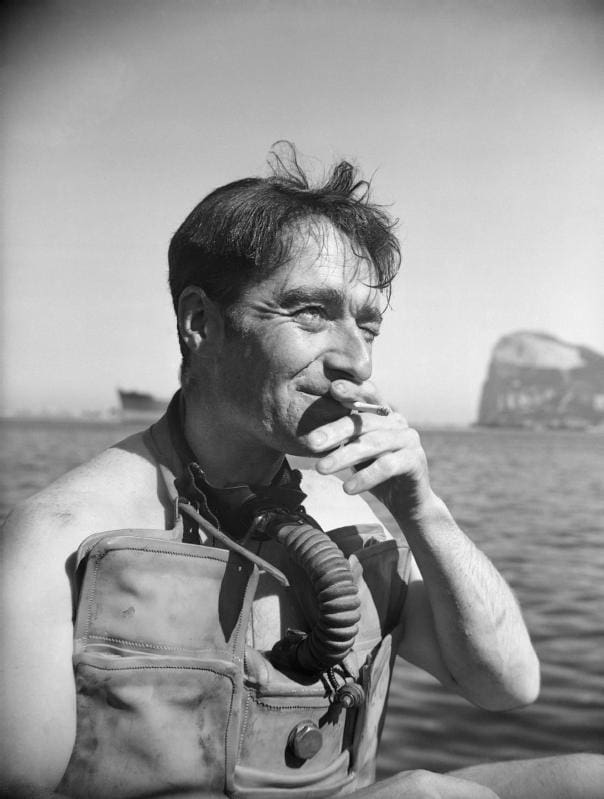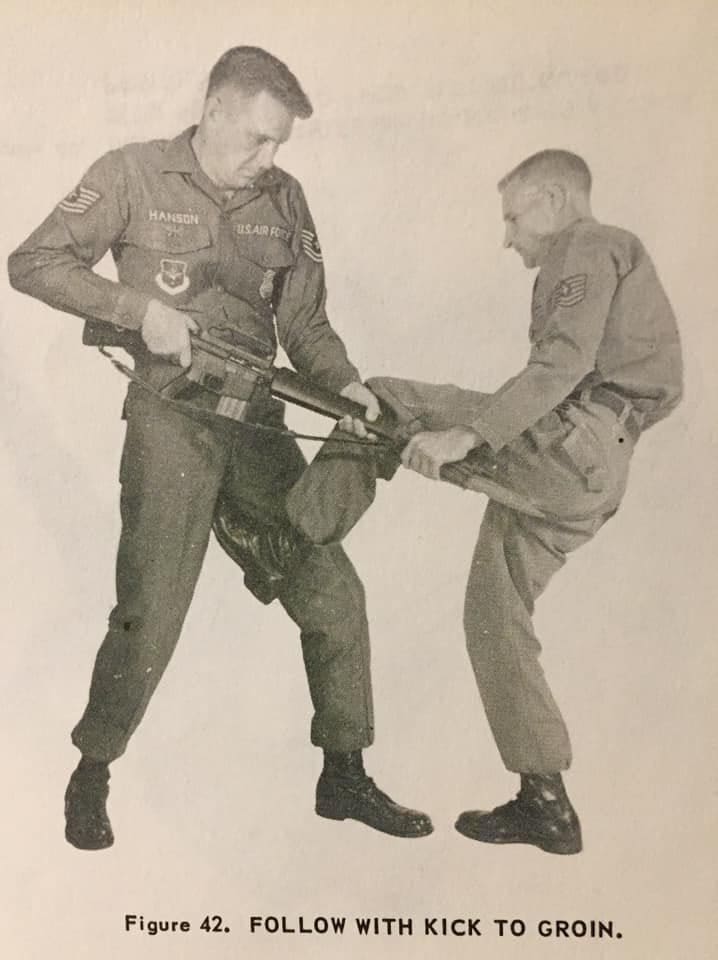Iraq attacked Iran in September 1980, launching a war that would last eight years. By 1982, more than 100,000 people had died. The war was costing each side about $1 billion a month and devastated both countries’ oil industries. In the so-called “tanker war,” both countries launched attacks on neutral merchant vessels transiting the Gulf (mostly Kuwaiti flagged ships). In December of 1986, the Kuwaiti government asked then-President Reagan to help protect their oil tankers from mine placed by the Iranian. Reagan sent the U.S. Navy, and the newly formed USSOCOM sent the SEALs, Special Boat Units (now Special Boat Teams), and the 160th Special Operation Aviation Regiment (SOAR). This was the first time in SOCOM history (its short history at the time) that these three groups would be deployed together.
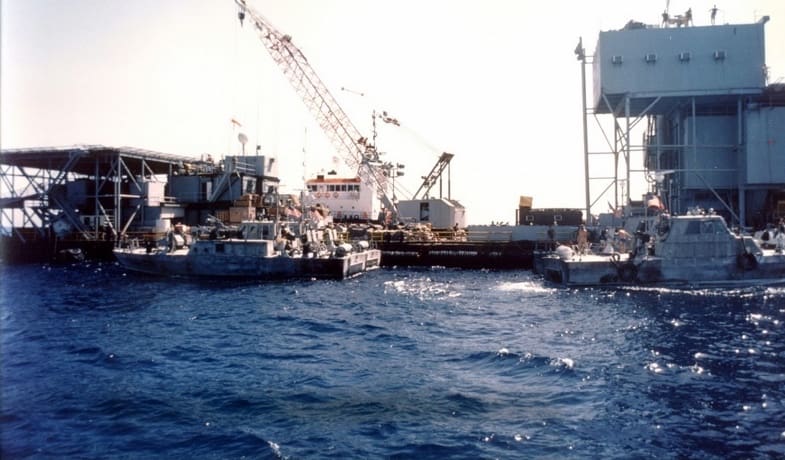
The Task Unit was deployed on two barges, Hercules and Wimbrown, that the Pentagon promptly converted into Mobile Sea Bases (MSBs)complete with their own extensive self-defense weapons. Naval Special Warfare Task Units (NSWTU) was run by a SEAL commander and answered to the regional Naval Special Warfare Task Group. Their mission was to stop Iranian forces from mining the Persian Gulf or otherwise attacking shipping. Each MSB had two detachments of Mark III patrol boats, a SEAL platoon, an EOD detachment, Marines to provide security, army MH-6, and AH-6 Little Bird helicopter gunships and Black Hawk rescue birds, and an air force combat controllers. MSB Hercules was manned by East Coast NSW, SEAL Team Two, and SBU 20 and 24. MSB Wimbrown 7 was manned by West Coast SEAL Team One and SBU 12 and 13. They also had other boats and helos available to them, like the SeaFox.
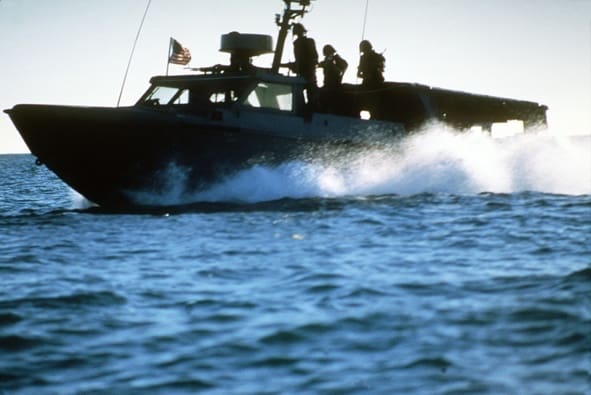
On September 21, a trio of Little Bird choppers flying off the frigate Jarrett was assigned to shadow the Iranian tank landing ship Iran Ajr,s suspected to have been converted for minelaying. An MH-6 helicopter equipped with a forward-looking infrared (FLIR) sensor and night-vision goggles led the way, escorted by two AH-6 gunships loaded with 7.62-millimeter miniguns and 2.75” rocket pods. The helicopter crews recorded the Iran Ajr’s crew deploying mines next to the Middle Shoals navigational buoy used by tankers. The Little Birds were ordered to open fire, and they opened up on the Iranians with their miniguns, the crew to take cover and did not return fire. The Iranian sailors resumed deploying the mines a half-hour later. This time the 160th pilots unleashed a sustained barrage, including rockets, killing three crew—and causing the remaining twenty-six to abandon ship. The following morning, SEALs on Mark III Patrol Boats rescued all but two of the Iranian sailors and boarded Iran Ajr. They found nine mines onboard and seized a logbook recording past minelaying activity, including maps showing the locations of those mines. Then the Navy towed Iran Ajr’s too deep water and blew her up.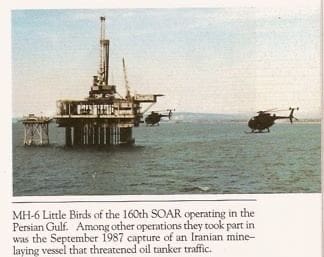
A trio of minigun-armed MH-6 helicopters tangled again with four Iranian ships approaching MSB Hercules on October 8, including a corvette, a Swedish-built Boghammar, and two Boston whaler type boats. The Boghammar’s crew fired Stinger missiles at the scout helicopters before being sunk by return fire. Eight Iranian crew were killed, and six more rescued from the water. One of the Boghammar’s was later brought back and used by SBU-12/13 for the Coronado July 4 demonstrations and as an aggressor boat for exercises in the San Diego area.

When an Iranian missile struck the U.S.-flagged Sea Island City on October 16, injuring eighteen crew, Washington authorized a counterattack three days later called Operation Nimble Archer, resulting in the destruction of two Iranian oil platforms used to host IRGCN boats.
But Iranian minelaying continued. On April 14, 1988, the crew of the frigate Samuel B. Roberts spotted three Iranian mines and realized she had unwittingly cruised into a minefield. While attempting to back out of danger, Roberts struck a mine that nearly split her in two and injured ten sailors. A heroic damage control effort saved the ship and her crew. Navy divers later identified additional mines in the area—with serial numbers identical to those on the Iran Ajr’s. Four days later, the U.S. launched a second retaliatory strike targeting two more Iranian oil platforms called Operation Praying Mantis. This time frigates and gunboats of the regular Iranian Navy counter attacked, resulting in the U.S. Navy’s largest naval battle since World War II, in which half of Iran’s surface combatants were sunk or crippled.

The Iran-Iraq war ended four months later—but not before one final tragic incident. On July 3, the U.S. Aegis missile cruiser Vincennes was skirmishing with Iranian fast boats, having unknowingly entered Iranian territorial waters, when her radar reported an Iranian F-14 Tomcat fighter was approaching her. The cruiser fired two radar-guided SM-2 missiles at the contact—bringing down Iranian A300 airliner Flight 655, killing all 290 civilians aboard.
Operation Earnest Will concluded September 26 when the USS Vandergrift escorted a final tanker into the Persian Gulf. The operatives involved in Prime Chance remained active, however, until June 1990.





